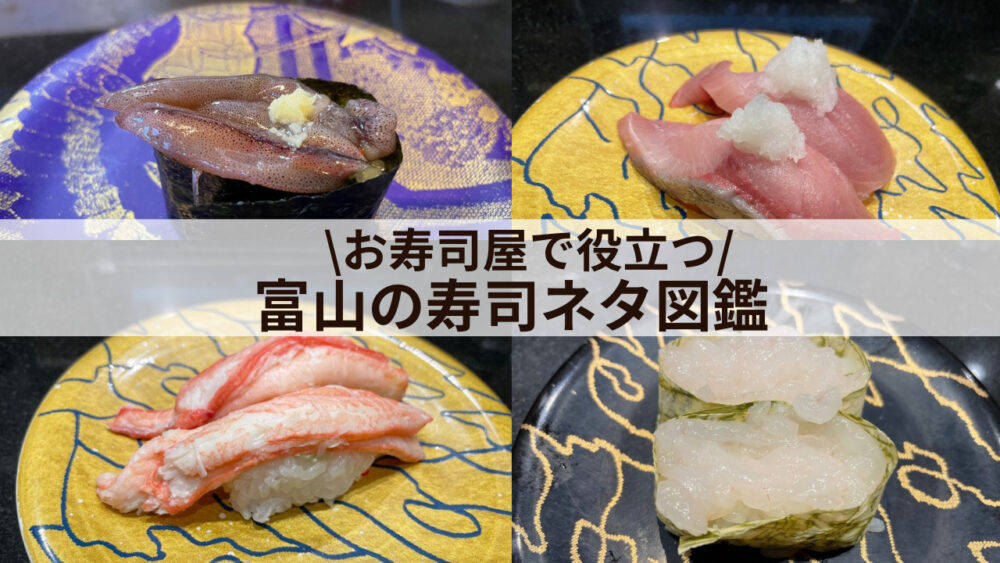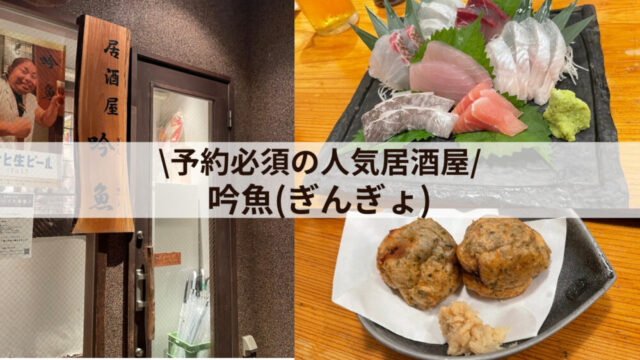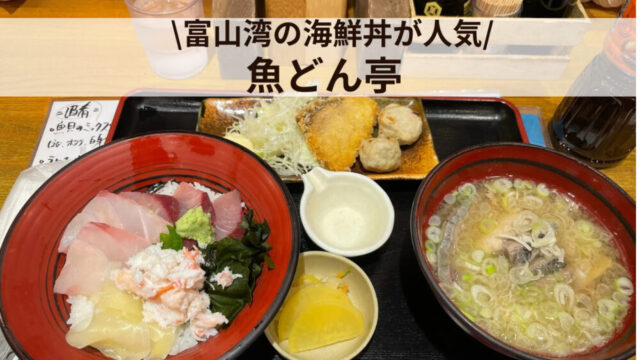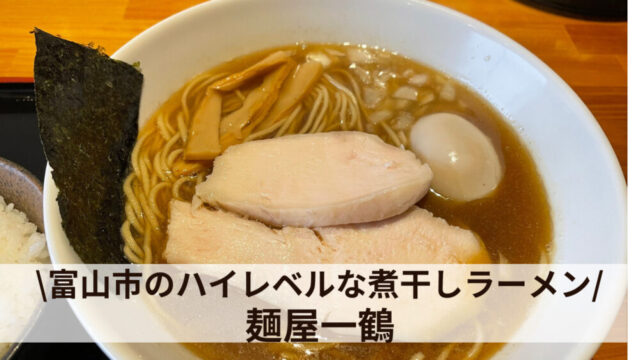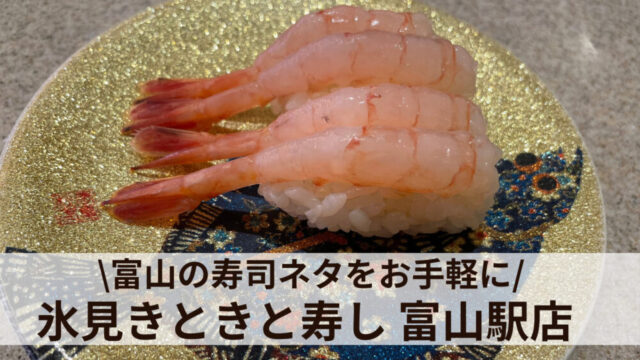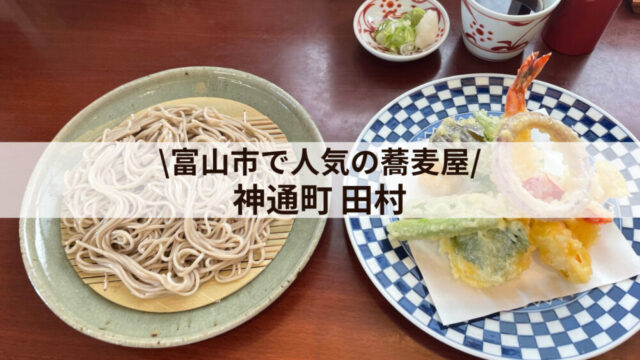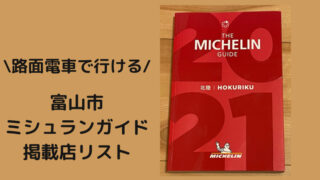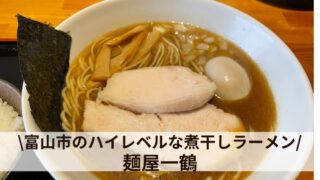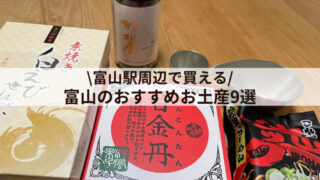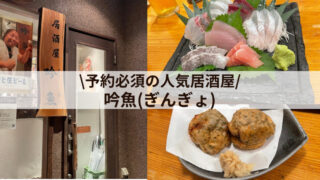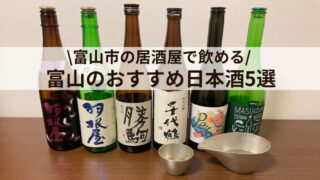If you come to Toyama, you should definitely trySushi made with local ingredientsis.
The fish caught in Toyama Bay are extremely fresh and come in a wide variety.
In this article, we will introduce Toyama's sushi ingredients by season and fish type.
Once you know the sushi ingredients in Toyama, going to a sushi restaurant will be even more fun.
[By season] First things first! Recommended sushi toppings in Toyama
If you come to Toyama, this is the dish you should try first.Toyama's representative sushi toppings for each seasonWe will introduce the following.
Spring: Firefly squid
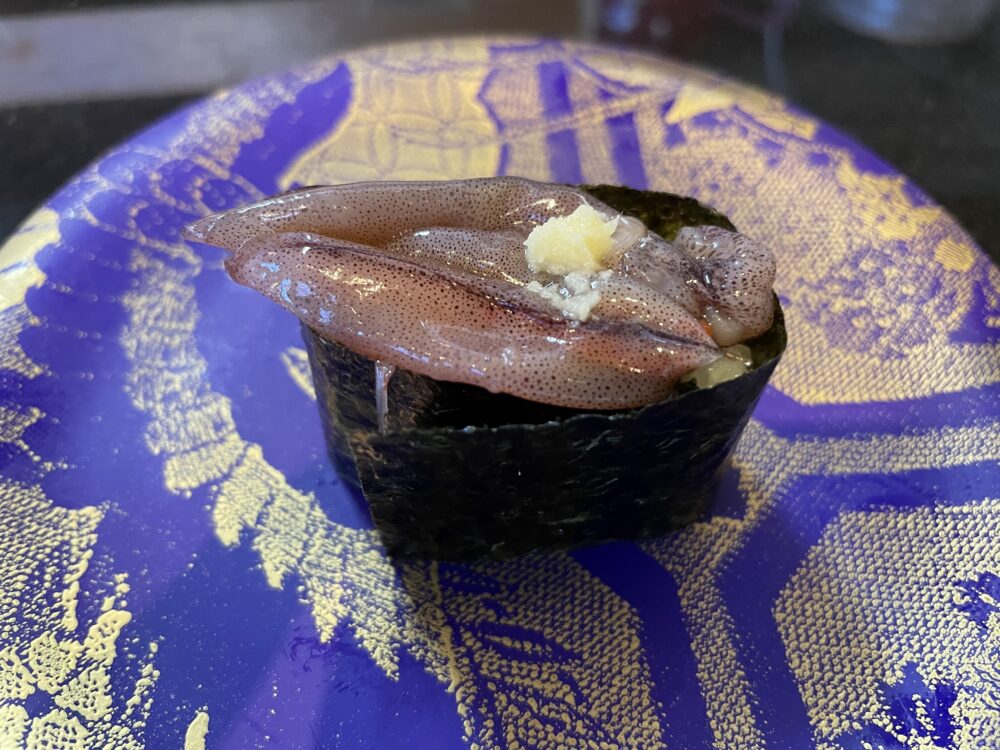
Firefly squid is a small squid that is certified as the "Fish of Toyama Prefecture."Like in a hotel, your body will glow pale blue in the darkness.
Hotel squid from Toyama Bay are characterized by their large size and the fact that they are caught in fixed nets that do not injure the fish.
The fishing season is from March to May.As a sushi topping, it is served raw, pickled, or boiled.
| Fish name | Firefly squid / Firefly squid |
| English Name | Firefly Squid |
| In season | March to May |
Summer: White shrimp
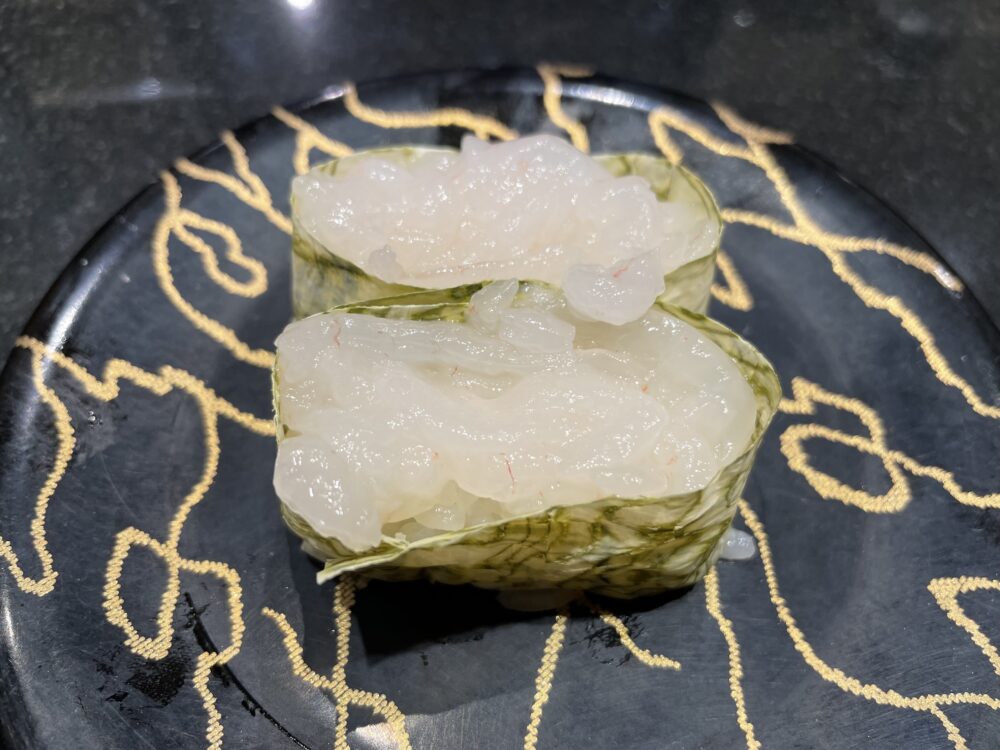
White shrimp are transparent and have a faint pink color."The Jewel of Toyama Bay"It is called.
It is characterized by its melting texture and sweetness.It is in season from April to early summer.
| Fish name | White shrimp / White shrimp |
| English Name | Glass Shrimp, White Shrimp |
| In season | April to September |
Autumn: Red snow crab
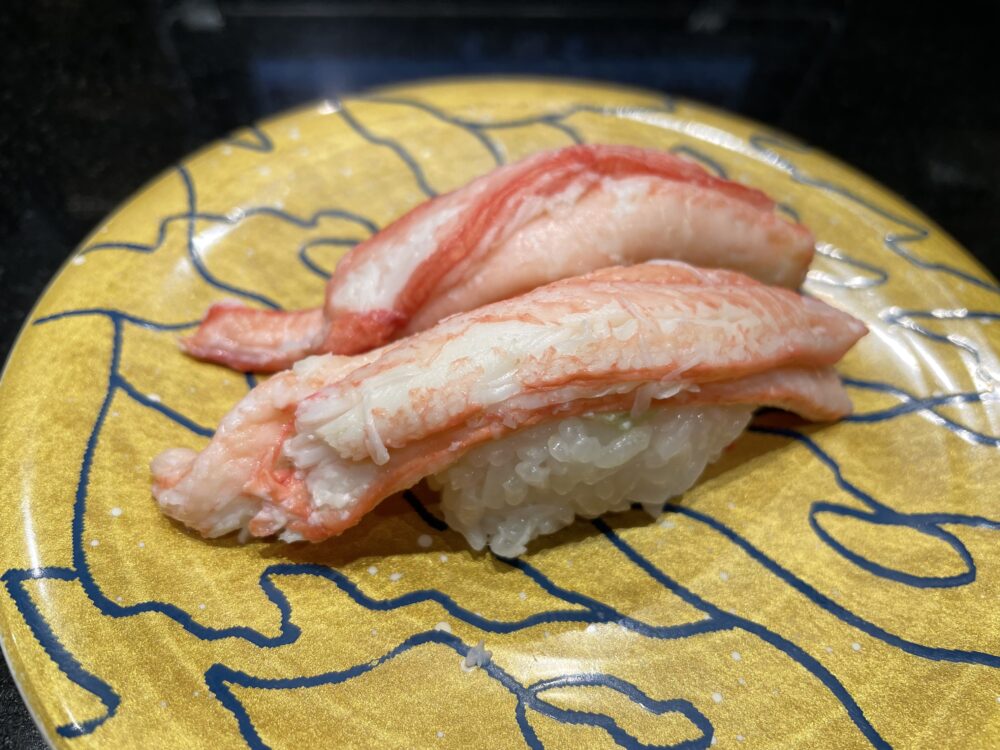
The red snow crab is a crab that lives in the deep sea.
It has a redder appearance than snow crab and its meat is very sweet.
Red snow crab caught in Toyama Bay has been branded as Koshi's Red Crab (Koshi no Akagani).
| Fish name | Red Snow Crab / Red Snow Crab |
| English Name | Red Snow Crab |
| In season | September to December |
Winter: Yellowtail
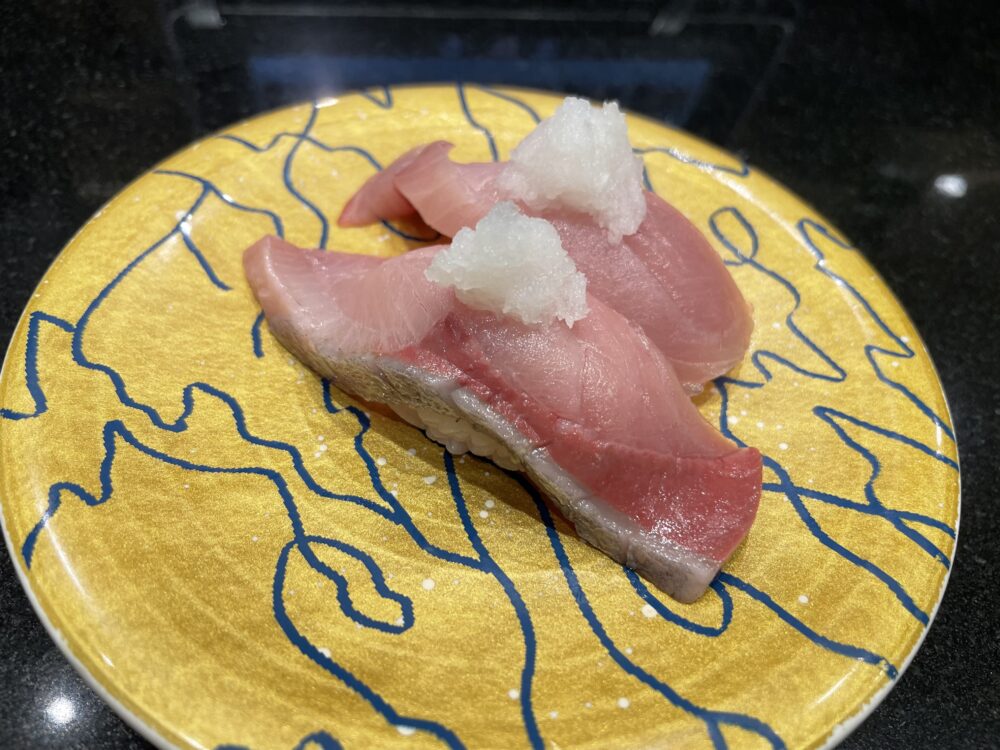
Yellowtail is synonymous with winter in Toyama.Winter yellowtail, known as kanburi, is fatty and has the best flavor.
In particular, products that meet certain standards and have been certified as a brand"Himi cold yellowtail"is also famous nationwide.
| Fish name | Yellowtail / Yellowtail |
| English Name | Yellow Tail |
| In season | December to February |
Seasonal sushi toppings
This is a list of "seasonal sushi ingredients" by season.
Spring (March to May)
Summer (June to August)
Autumn (September – November)
Winter (December to February)
- Yellowtail
- Filefish
- Bonito
- Koubakogani (Red Spotted Crab)
- Horse-striped filefish
Sushi toppings that can be enjoyed all year round
[By type of fish] Toyama sushi topping list
These are sushi toppings sorted by fish type that can be ordered at sushi restaurants in Toyama.
They are summarized in the following categories.
The way fish are classified varies depending on the restaurant.
Red meat
This is a red meat sushi topping that is popular at sushi restaurants.
Cherry salmon
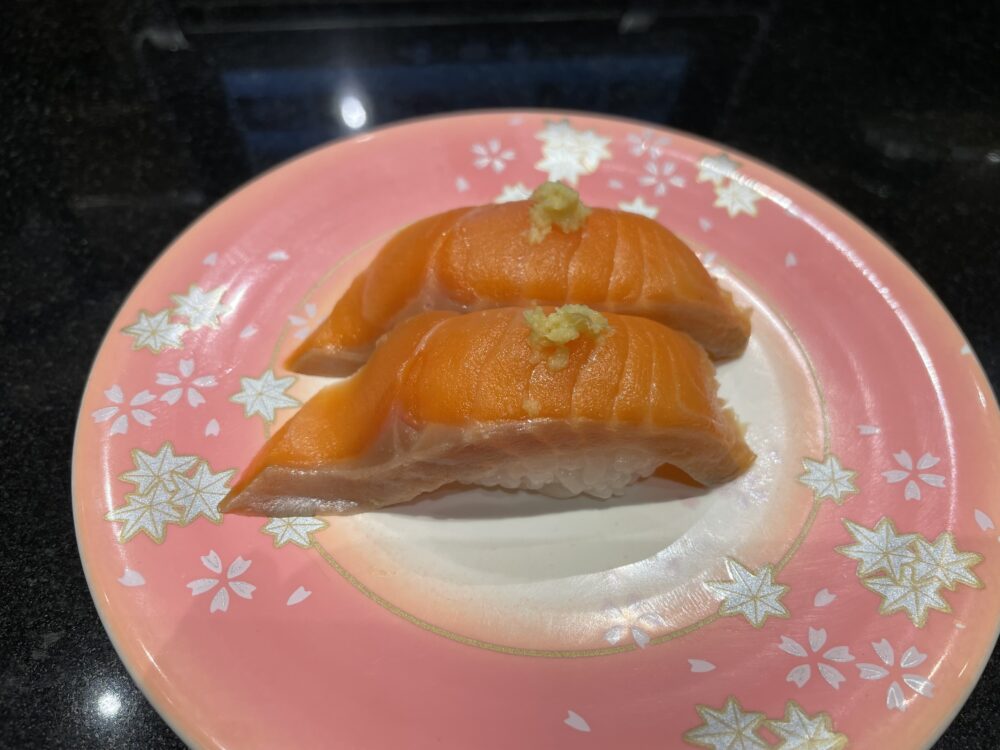
Cherry salmon are characterized by their bright orange color and are in season in the spring.
Also,Sakuramasu is a fish that is also used in trout sushi.
| Fish name | Cherry salmon / Sakura trout |
| English Name | Cherry Salmon, Masu Salmon |
| In season | March to June |
Tuna
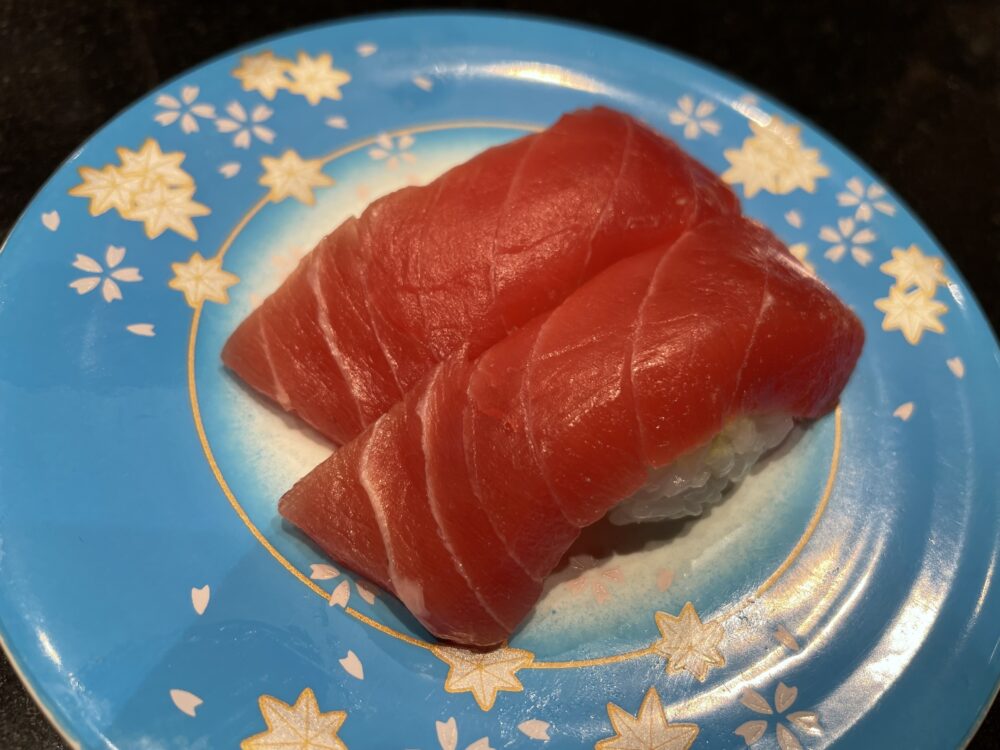
Tuna is a popular sushi ingredient.
In Toyama, bluefin tuna (hon-maguro tuna) is caught in the summer.
| Fish name | Tuna / Tuna |
| English Name | Bluefin tuna |
| In season | June to August (Bluefin tuna) |
Bonito
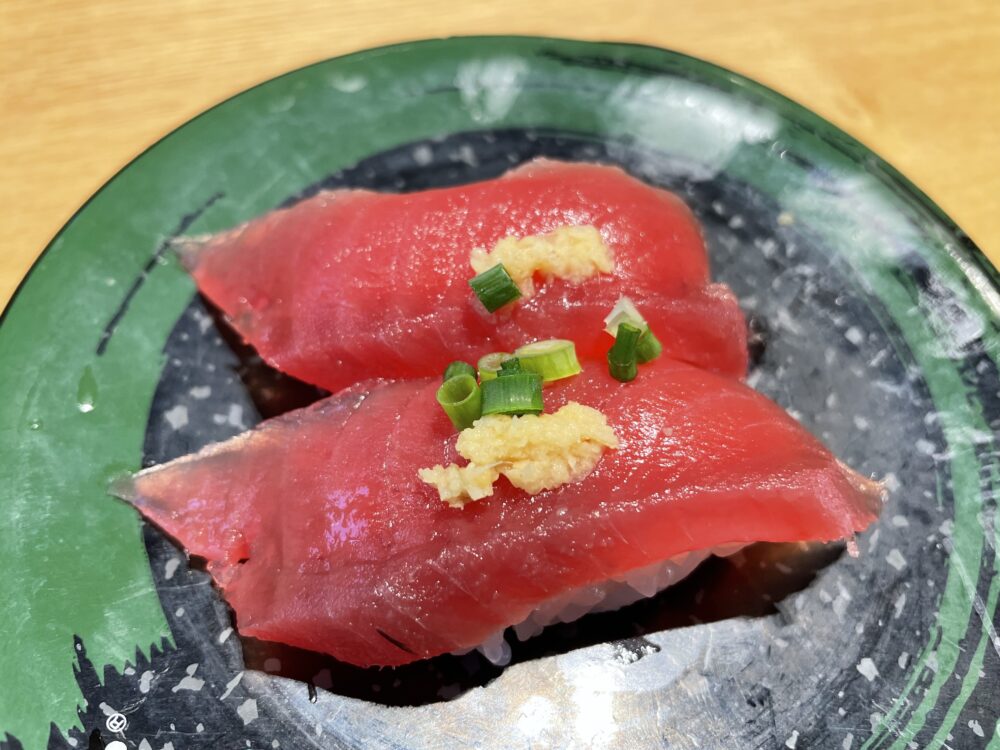
Bonito caught in the Sea of Japan in winter is called "Mayoi-katsuo" and is very rare. Bonito at this time of year is fatty and full of concentrated flavor.
| Fish name | Bonito / Bonito |
| English Name | Bonito |
| In season | December to January |
White meat
White fish has the most variety of sushi ingredients.
The site mainly features common toppings found in sushi restaurants in Toyama.
- Blackthroat seaperch
- Filefish
- flounder
- Red sea bream
- Spanish mackerel
- Barracuda
- Horse-striped filefish
- Suzuki
- Flathead
- Madara
Blackthroat seaperch
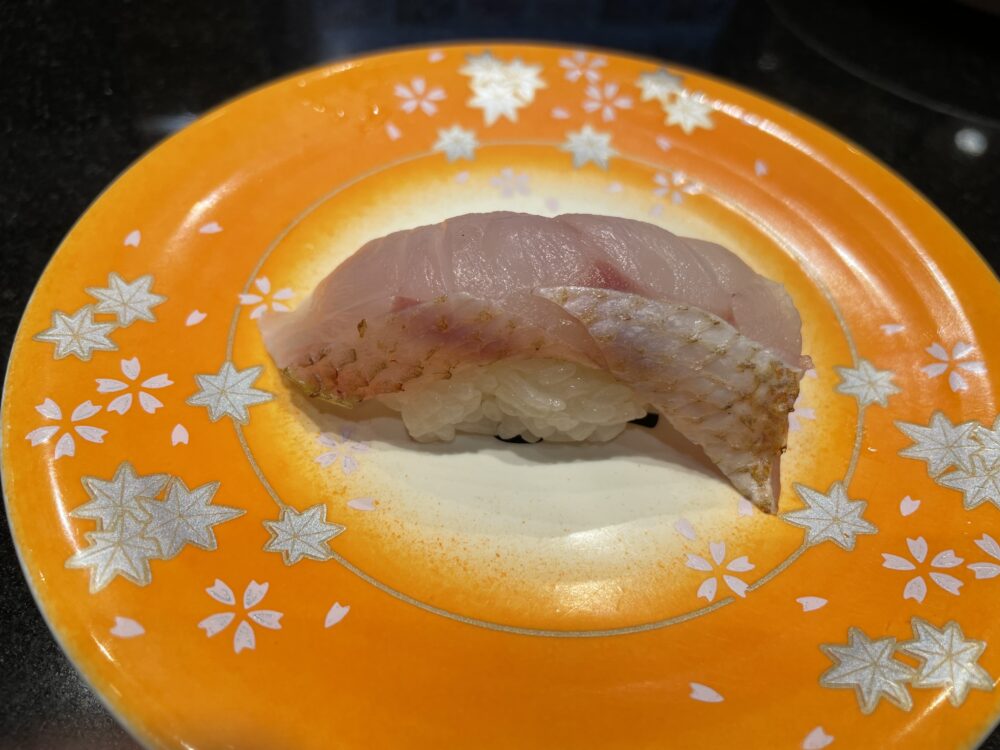
Blackthroat seaperch is a popular luxury fish in the Hokuriku region.It is called Nodoguro because the back of its throat is black.
Its official name is Akamutsu.It has a rich fat content and is known as the "fatty tuna of white fish."
We also recommend eating it seared.
| Fish name | Blackthroat Seaperch / Blackthroat Seaperch, Red Seaperch / Red Seaperch |
| English Name | Blackthroat Seaperch, Rosy Seabass |
| In season | All year round |
Filefish
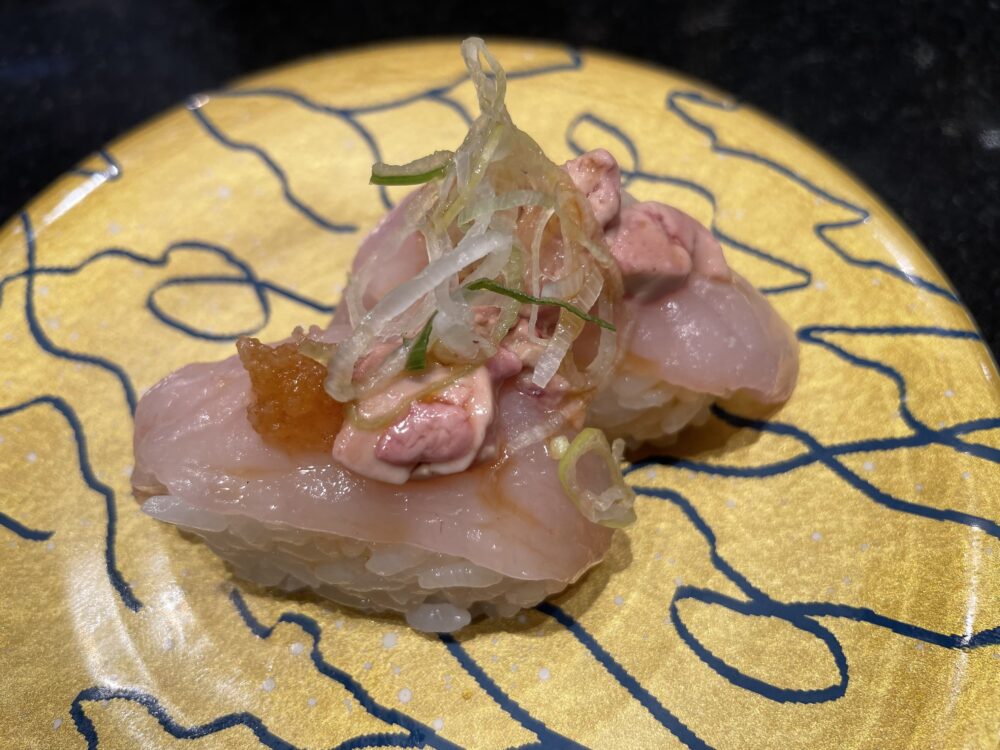
Filefish is a white fish that is in season in the winter.
In winter, the flavor is enhanced when eaten with the rich liver.
| Fish name | Filefish |
| English Name | Filefish |
| In season | December to February |
flounder
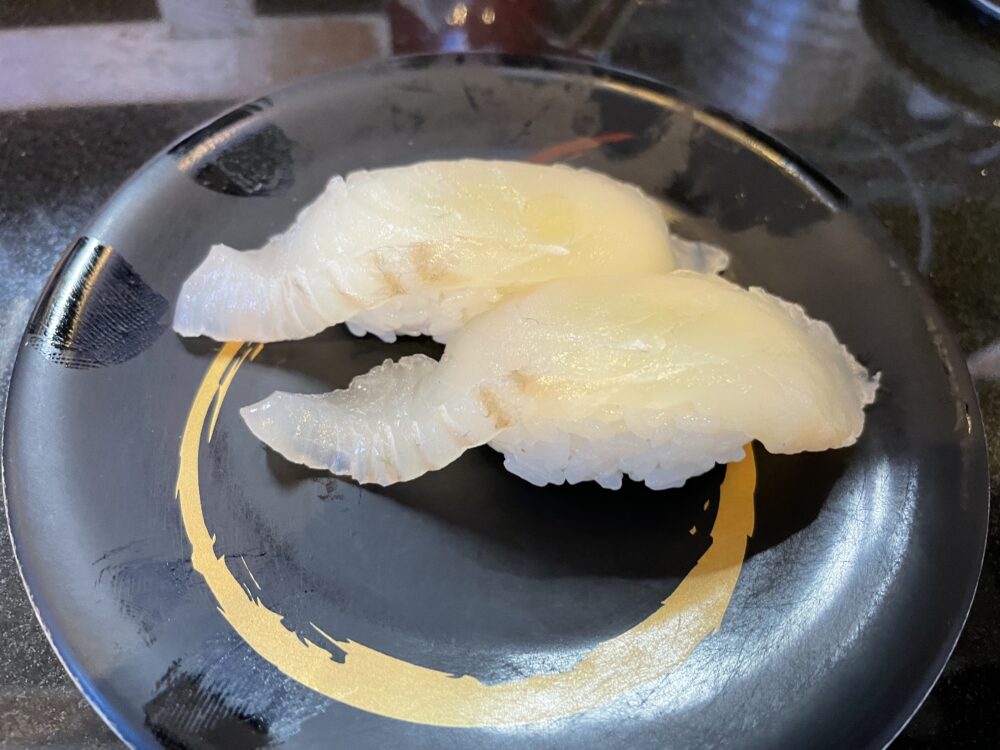
Flounder is a popular white fish.It has an elegant and refreshing taste.
It is also a standard ingredient in the "Kombujime" dish.
| Fish name | Flounder / Flatfish |
| English Name | Flounder |
| In season | November to February |
Red sea bream
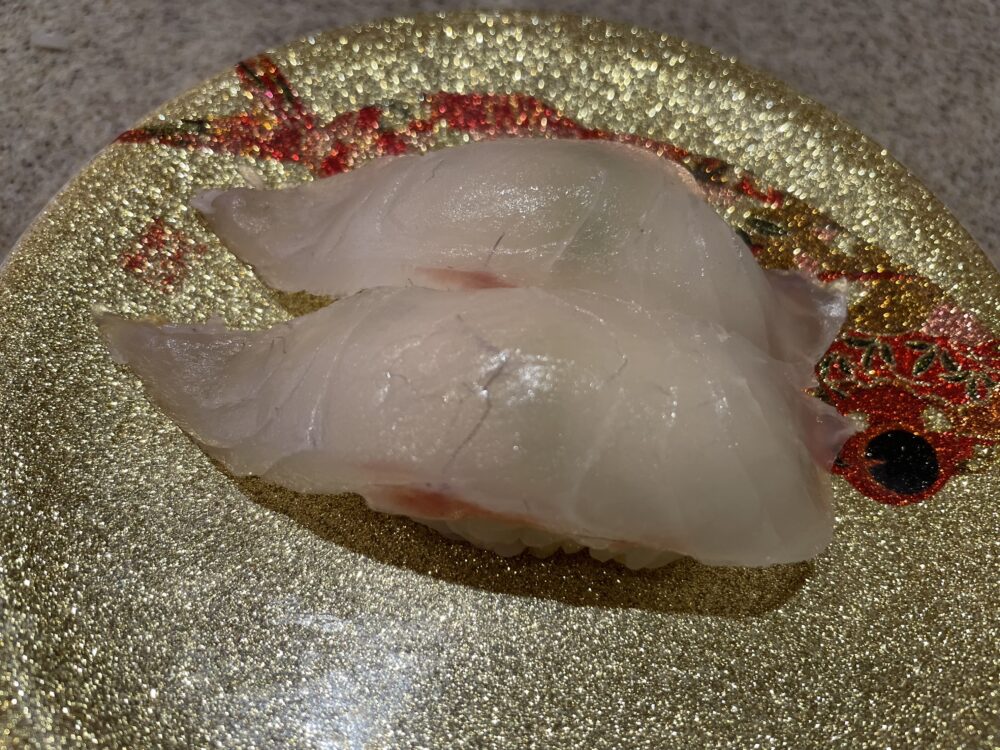
In Toyama, red sea bream is a standard sushi ingredient, popular for its mild flavor.
It may also be served "kombu-jime."
| Fish name | Red sea bream / red sea bream |
| English Name | Red Sea Bream |
| In season | All year round |
Spanish mackerel
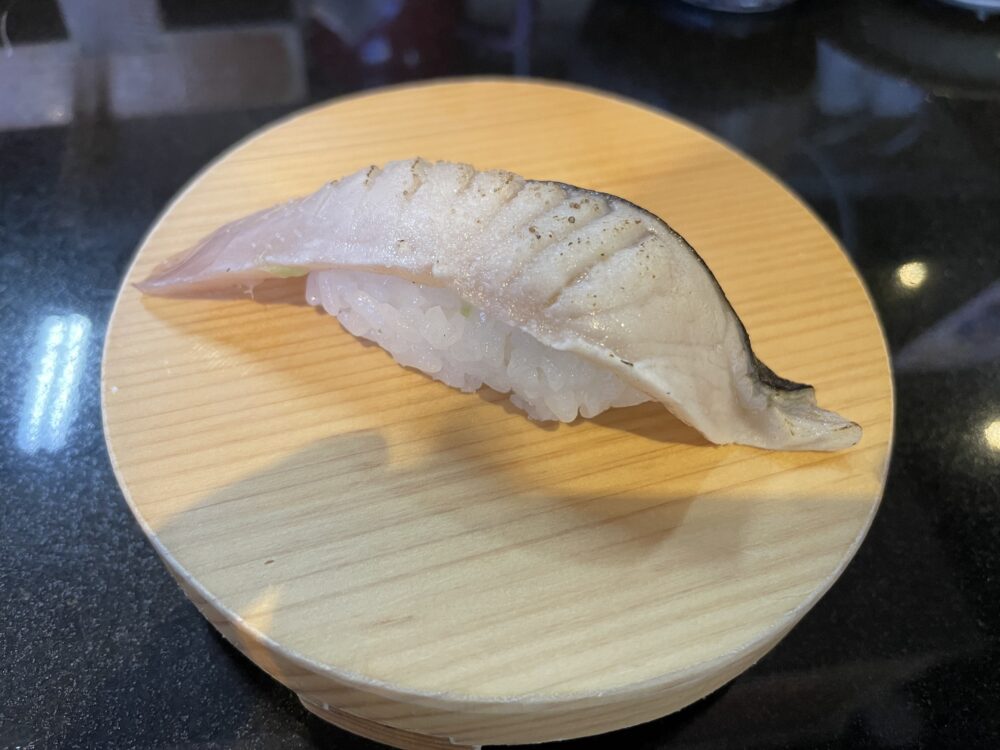
Sawara (Japanese Spanish mackerel), as its name in kanji suggests, is a white fish that is in season in the spring.
The flesh is tender and is sometimes served seared.
| Fish name | Spanish mackerel / Spanish mackerel |
| English Name | Spanish Mackerel |
| In season | March to June |
Barracuda
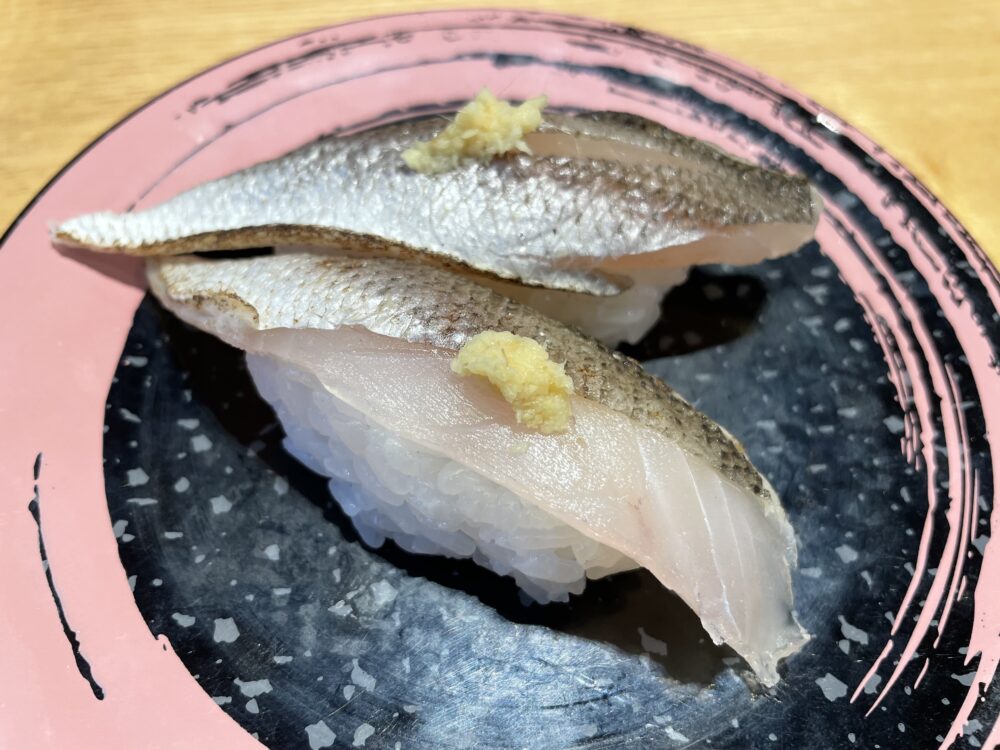
Barracuda is a white fish with a mild flavor and is fatty in season in the fall.
When served seared, it becomes even more fragrant.
| Fish name | Barracuda / 鯛 |
| English Name | barracuda |
| In season | October to December |
Blue fish (yellowtail, amberjack, etc.)
This is a list of fish called blue fish, such as yellowtail and amberjack.
- Yellowtail
- Calf
- Amberjack
- Yellowtail amberjack
Yellowtail
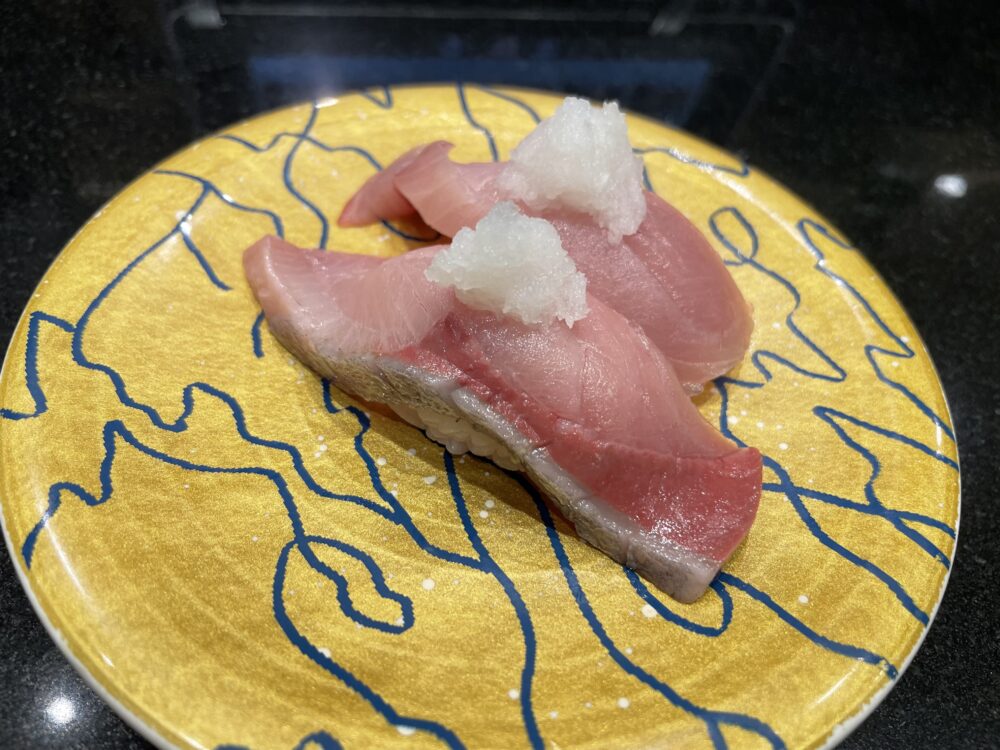
Yellowtail is synonymous with winter in Toyama.Winter yellowtail, known as kanburi, is fatty and has the best flavor.
In particular, products that meet certain standards and have been certified as a brand"Himi cold yellowtail"is also famous nationwide.
| Fish name | Yellowtail / Yellowtail |
| English Name | Yellowtail |
| In season | December to February |
Calf

Fukuragi is a young yellowtail fish.In the Kanto region it is called "Inada" and in the Kansai region it is called "Hamachi."
Compared to yellowtail, it has a lighter flavor.
| Fish name | Fukurai / Fukurai fish |
| English Name | Young Yellowtail |
| In season | October to November |
Shiny things
Hikarimono (seaweed) is also a popular sushi ingredient.
- Horse mackerel
- sardine
- Kiss
- mackerel
Horse mackerel
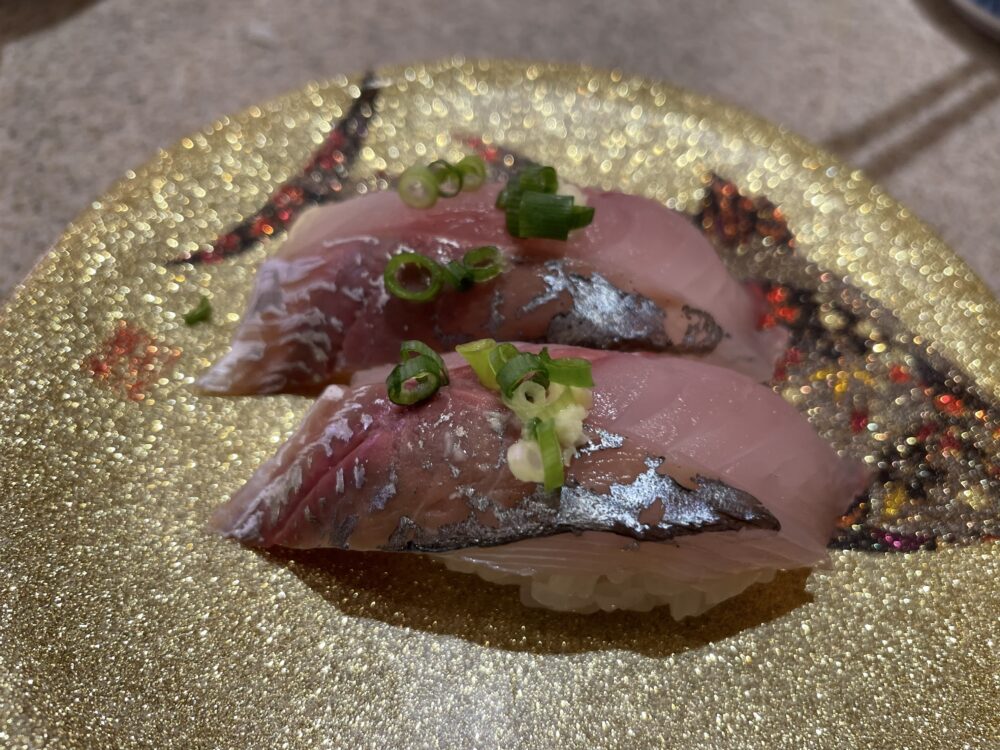
Horse mackerel is a popular sushi ingredient with a refreshing taste, and is in season from spring to early summer.
| Fish name | Horse mackerel / horse mackerel |
| English Name | Horse Mackerel |
| In season | April to July |
sardine
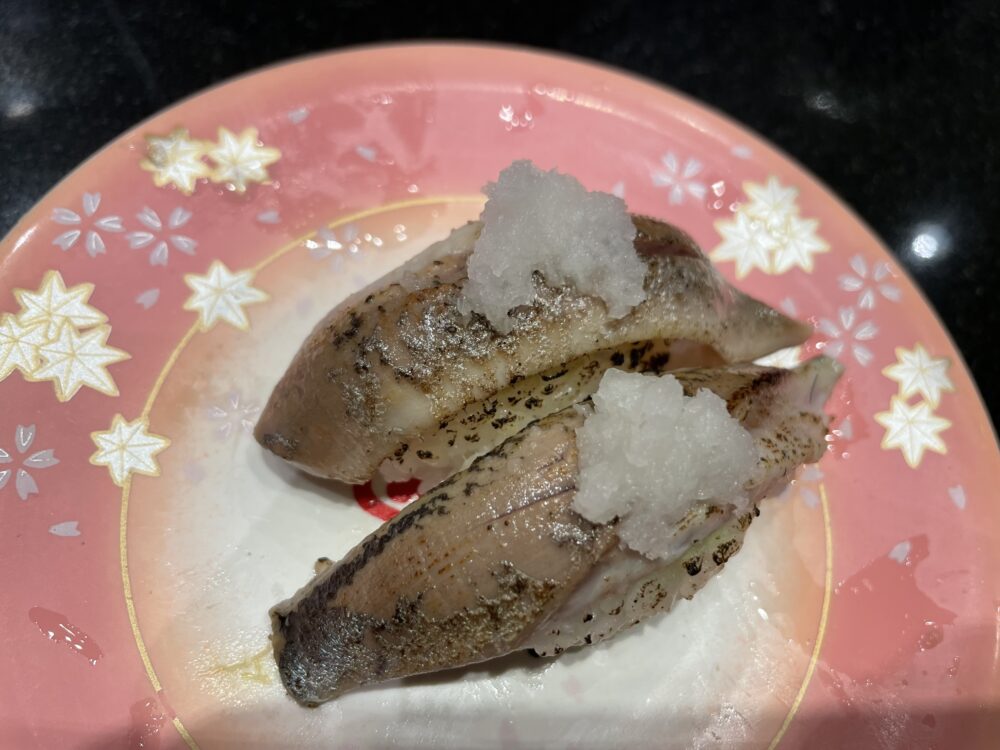
Sardines are also a popular sushi topping. The meat is soft and fatty.
The photo shows it grilled.
| Fish name | Sardine / Sardine |
| English Name | Sardine |
| In season | February to May |
Shrimp and crab
Here is a list of shrimp and crab sushi toppings. They are popular in Toyama and come in a wide variety.
White shrimp
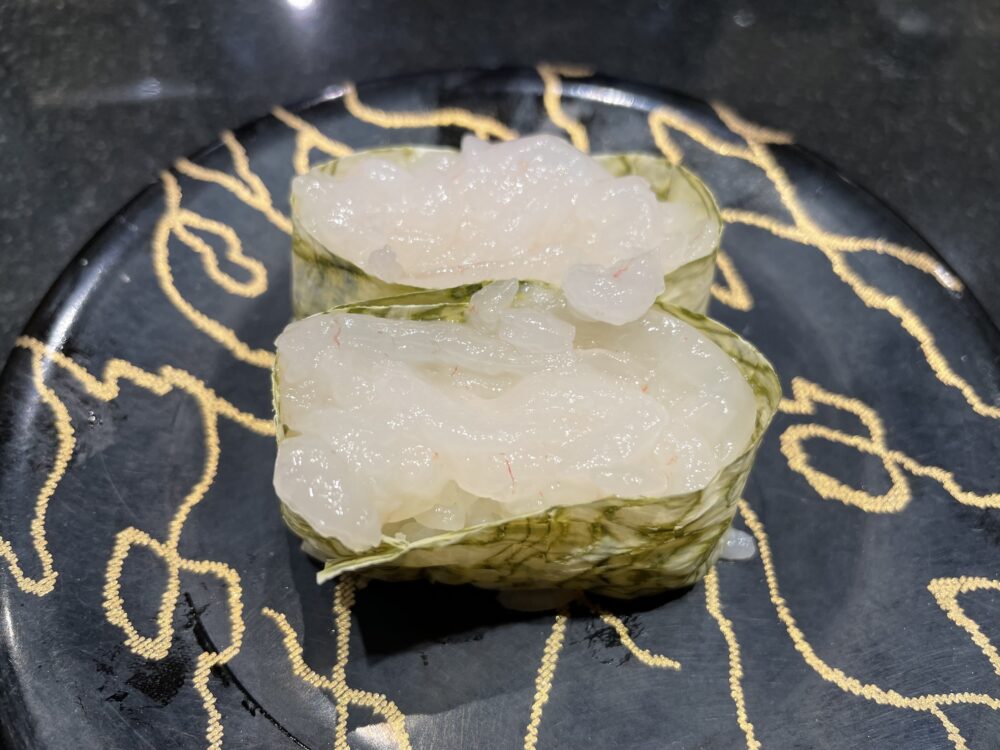
White shrimp are transparent and have a faint pink color."The Jewel of Toyama Bay"It is called.
It is characterized by its melting texture and sweetness.It is in season from April to early summer.
| Fish name | White shrimp / White shrimp |
| English Name | Glass Shrimp, White Shrimp |
| In season | April to September |
Amaebi (shrimp)
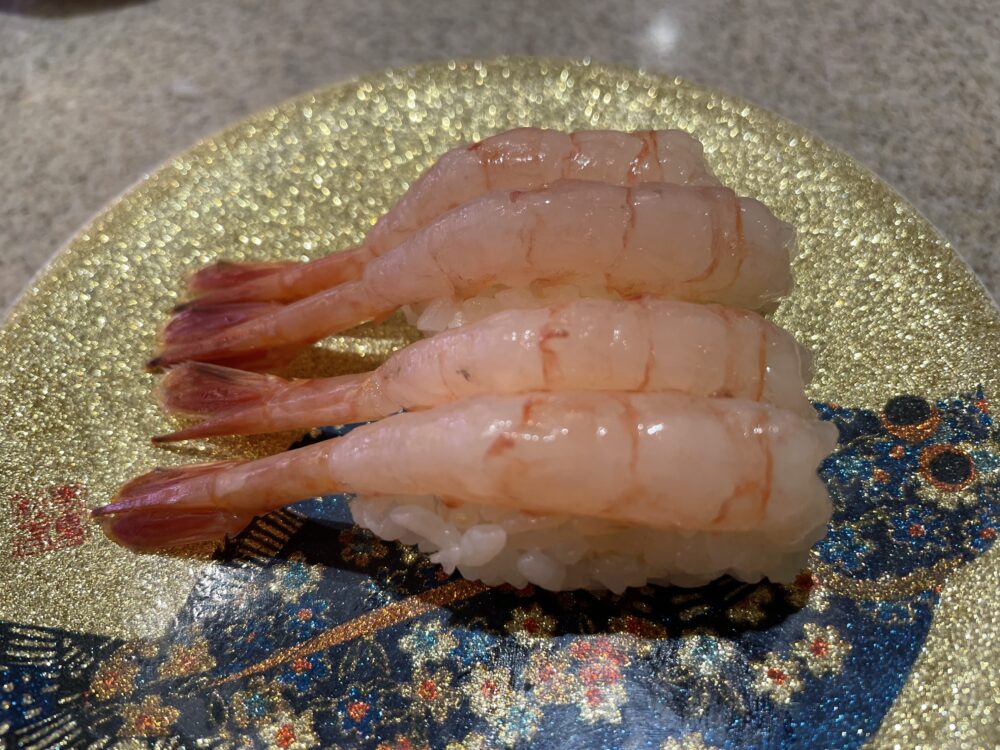
| Fish name | Amaebi / Sweet shrimp |
| English Name | Sweet Shrimp |
| In season | All year round |
As its name suggests, amaebi shrimp is a popular sushi ingredient with its melt-in-your-mouth sweetness and plump flesh.
I'm happy to be able to eat it all year round.
Red snow crab

The red snow crab is a crab that lives in the deep sea.
It has a redder appearance than snow crab and its meat is very sweet.
Red snow crab caught in Toyama Bay has been branded as Koshi's Red Crab (Koshi no Akagani).
| Fish name | Red Snow Crab / Red Snow Crab |
| English Name | Red Snow Crab |
| In season | September to December |
Koubakogani (Red Spotted Crab)
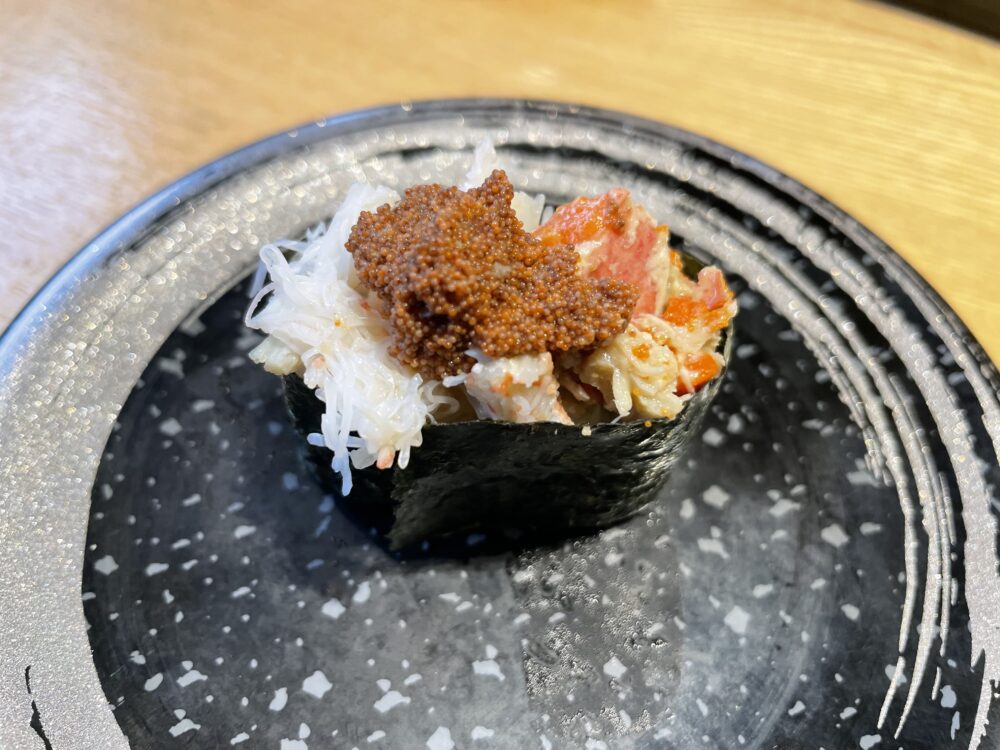
The koubako crab is a female snow crab.
This is a luxurious dish that allows you to enjoy the combination of the crunchy texture of the eggs and roe and the rich flavor of the ovaries and roe.
| Fish name | Koubakogani / Koubakogani |
| English Name | Female snow crab |
| In season | November~December |
squid
A list of squid sushi toppings.
- Firefly squid
- Bigfin reef squid
- Spear squid
- Neon flying squid
Firefly squid
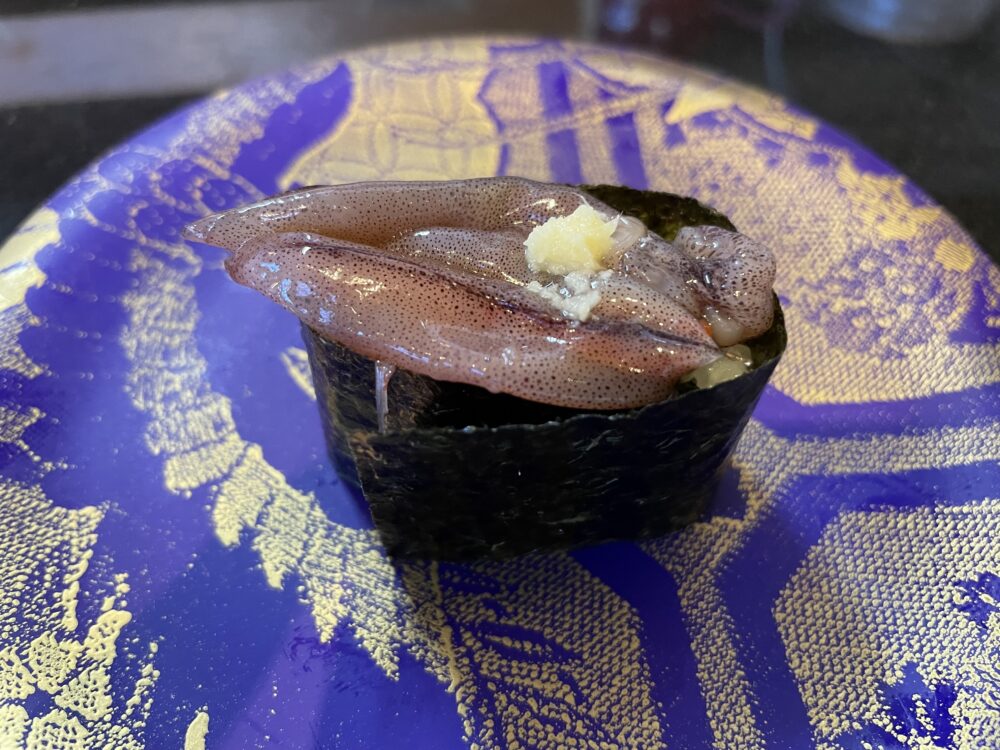
Firefly squid is a small squid that is certified as the "Fish of Toyama Prefecture."Like in a hotel, your body will glow pale blue in the darkness.
Hotel squid from Toyama Bay are characterized by their large size and the fact that they are caught in fixed nets that do not injure the fish.The fishing season is from March to May.As a sushi topping, it is served raw, pickled, or boiled.
| Fish name | Firefly squid / Firefly squid |
| English Name | Firefly Squid |
| In season | March to May |
shellfish
A list of shellfish sushi toppings.
- Shellfish
- white shellfish
- ark shell
Baigai
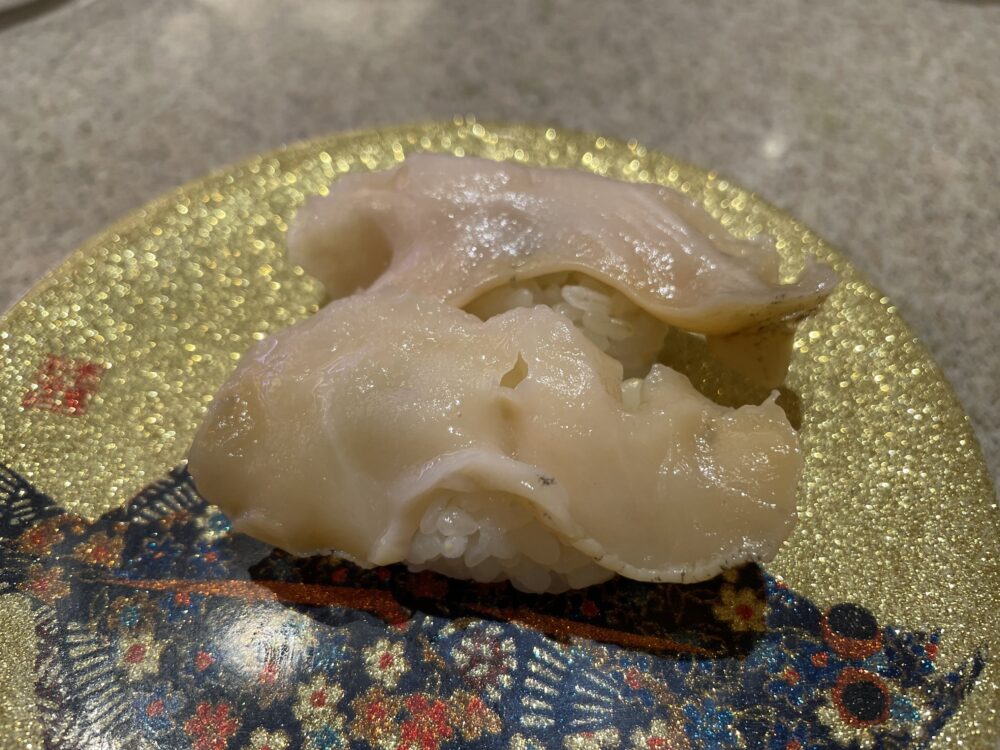
Baigai is a recommended shellfish to try if you come to Toyama.
It has a crunchy texture and is popular as an ingredient in sashimi and sushi.
There are four main types of clams caught in Toyama Bay: the giant clam, the Japanese oyster, the Japanese oyster, the Japanese oyster, and the Japanese chijimi-ezobora.
| Fish name | Shellfish / Shellfish |
| English Name | Japanese babylon, Japanese Ivory shell |
| In season | All year round |
Useful facts about Toyama fish at sushi restaurants!
Here are some fun facts about fish in Toyama. Knowing these will come in handy even at a sushi restaurant.
Natural fish tanks! The reason why Toyama's fish are so delicious
The reason why Toyama's fish is so delicious has to do with the geographical characteristics of Toyama Bay.
Toyama Bay receives nutrient-rich water from the Tateyama mountain range, making it an environment with plenty of food for fish.
Additionally, Toyama Bay is 1,000 meters deep and consists of three layers with different water qualities and temperatures, which means that it is home to a rich variety of fish.Of the 800 species that live in the Sea of Japan, 500 live in Toyama Bay,Fish tank(These are called "fish ponds."
In addition, since the fishing grounds are located close to the port, the fish are shipped out at a very fresh level.
List of fishing ports in Toyama
There are many fishing ports where fish can be caught in Toyama Bay.
Below are the main fishing ports in Toyama Bay, which you will often see in sushi restaurants.
- Himi
- Shinminato
- Iwase
- Uozu
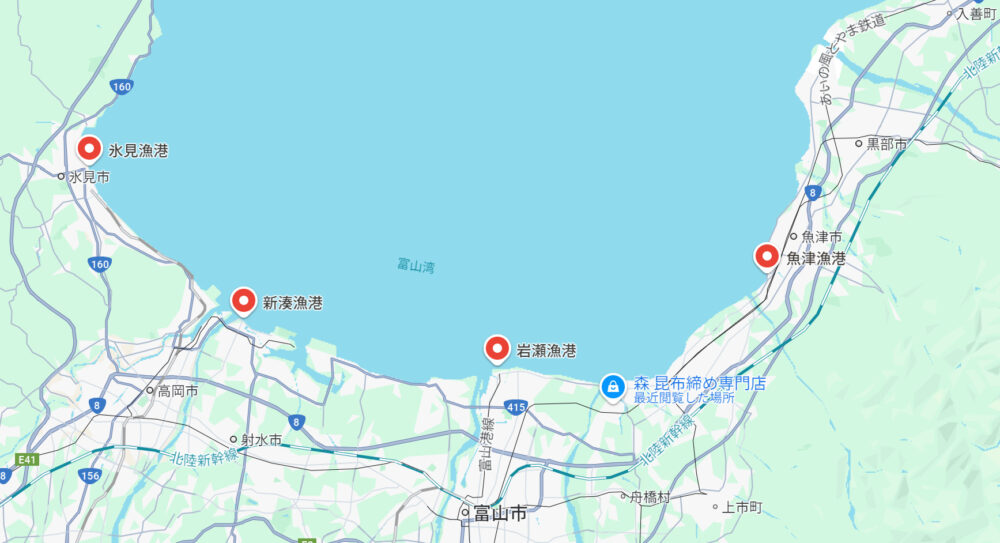
especially,Himi fishing port is famous nationwide, and "Himi cold yellowtail" has become a brand.
Also,White shrimp can only be found in two places: Shinko Fishing Port and Iwase Fishing Port.It is landed at.
If you know the fishing port where the ingredients are sourced, it becomes more fun to look at the menu at a sushi restaurant.
Toyama Bay Sushi
In Toyama, there is a set menu called "Toyama Bay Sushi" that features sushi caught in Toyama Bay.
"Toyama Bay Sushi" is a project jointly planned by Toyama Prefecture and the Toyama Prefecture Sushi Merchants Life Hygiene Trade Association to allow people to easily enjoy Toyama sushi.
At participating sushi restaurants, you can order the "Toyama Bay Sushi" set menu.
Below are the conditions for the Toyama Bay Sushi Set.
- 10 pieces of sushi made with seasonal local fish from Toyama Bay
- Rice made from Toyama Prefecture rice
- Comes with a Toyama-style soup
- Prices range from 2,700 to 5,500 yen
You can search for sushi restaurants where you can order Toyama Bay Sushi on the official website below.
Toyama Bay Sushi Official Website
Toyama's local dish! Kombu-jime
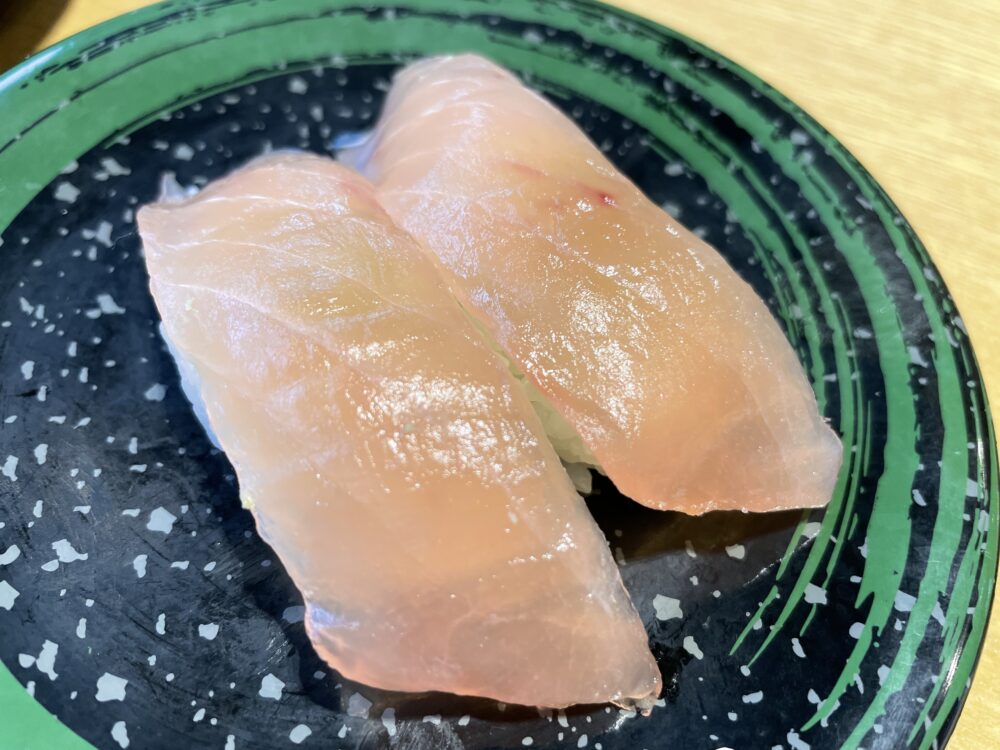
Kombu-jime is a local dish of Toyama.
This cooking method originally began in the Edo period as a way to extend the shelf life of fish.
By soaking fish in kelp, the moisture from the fish is absorbed by the kelp, firming the flesh. Conversely, the flavor of the kelp is transferred to the fish, enhancing its umami.
The people of Toyama Prefecture love kelp and use it the most in the country.
You can also eat kombu-jime sushi at sushi restaurants.

The most typical kombu-jime topping is sasusu (marblefish).Other popular dishes include sea bream, flounder, and other white fish that have been marinaded in kombu.

